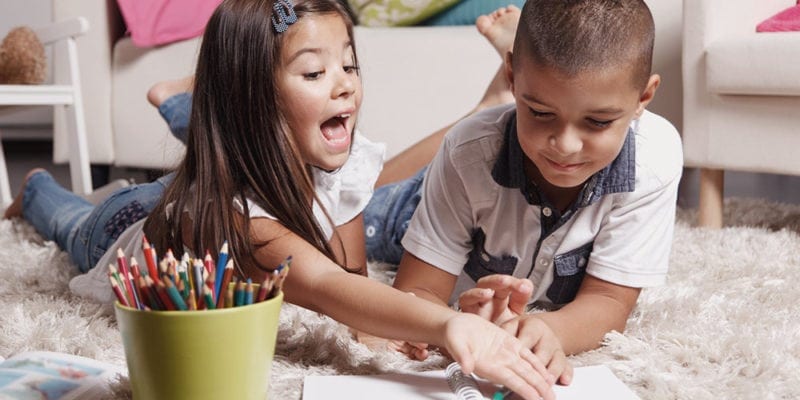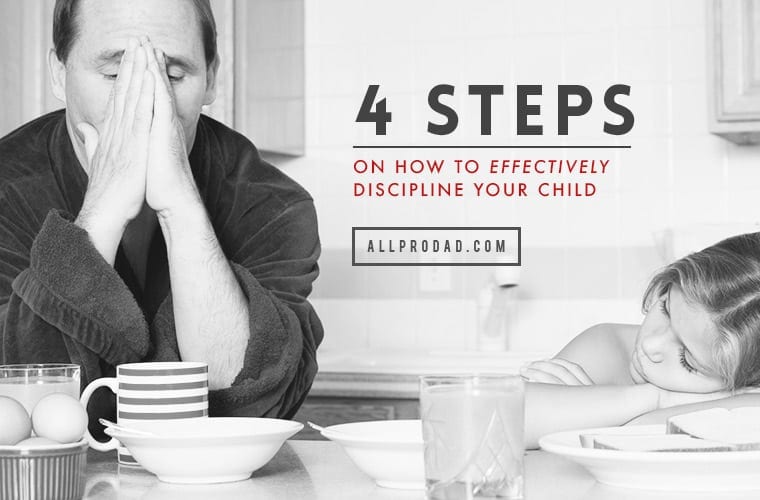Author GK Chesterton said, “What we suffer from today is humility in the wrong place. A man was meant to be doubtful about himself but undoubting about the truth. This is now exactly reversed.”
Many people today are overconfident about their own opinion while paradoxically believing there is no absolute truth. This means the only measuring stick for what is true is themselves. The resulting attitude is arrogance, something of which the world already has too much. Humility, on the other hand, gives a person proper perspective. Here’s 10 ways to teach your children how to be humble.
1. Modeling.
Never underestimate the power of teaching through example. Humility must be consistently modeled as a lifestyle, not an on-again, off-again example.
2. Build them up.
3. Encourage and help them to be the very best they can be—no matter what they do.
Humility works best when your child has actually achieved something. Help your child achieve with confidence.
4. Make sure they understand where their real value comes from.
It’s easier to sidestep pride or arrogance when children understand that they are valued simply because they are your child. Children need to know that achievements, looks, and abilities are not what give them worth.
5. Never humiliate your kids.
Humility cannot be imposed. It’s important not to confuse humiliation, bullying, and beating down with an education in humility.
6. Expose your child to the great teachers and their stories.
Jesus, Mother Teresa, and Eric Liddell are all wonderful role models. For Jesus, there are lots of great children’s books about him, as well as about Mother Teresa. Eric Liddell is the man who inspired the movie, Chariots of Fire, a great film for your whole family.
7. Teach them to serve.
- Serve the homeless
- Serve the poor
- Serve their family
- Serve one another
8. Coach them on how to respond.
Kids need to be taught to say, “please” and “thank you” as much as they need to be taught to brush their teeth and to stay out of the street. So why expect them to know humility without guidance? Here’s an example: “Hey, you did a great job on your science fair project. You deserved to win the prize. Now, this is how you handle it in class tomorrow…let’s practice saying:
“Thanks!”
“I like the way my friend Matt did his project, too.”
“I don’t think I could have won without the help of my teacher.”
You get the idea.
9. Teach them how to apologize.
The well-timed and sincere apology is a key component of humility. Sometimes they’re wrong; they need to acknowledge that. Sometimes they overreach and it’s time to back up. Sometimes, they receive unintentional consequences they need to smooth over.
10. Teach them to give thanks.
A genuinely grateful heart is a key building block for humility. Gratitude, practiced and eventually owned, enhances humility at every turn. The person saying “thank you” affects a posture that is unassuming and modest. Try this: every time someone offers a compliment, simply say, “thank you.” It’s the kind of response that eventually soaks in, grows roots, and blooms humility.
Sound off: What other ways can we teach our kids humility?











Huddle up with your kids and ask, “What do you think it means to have humility?”